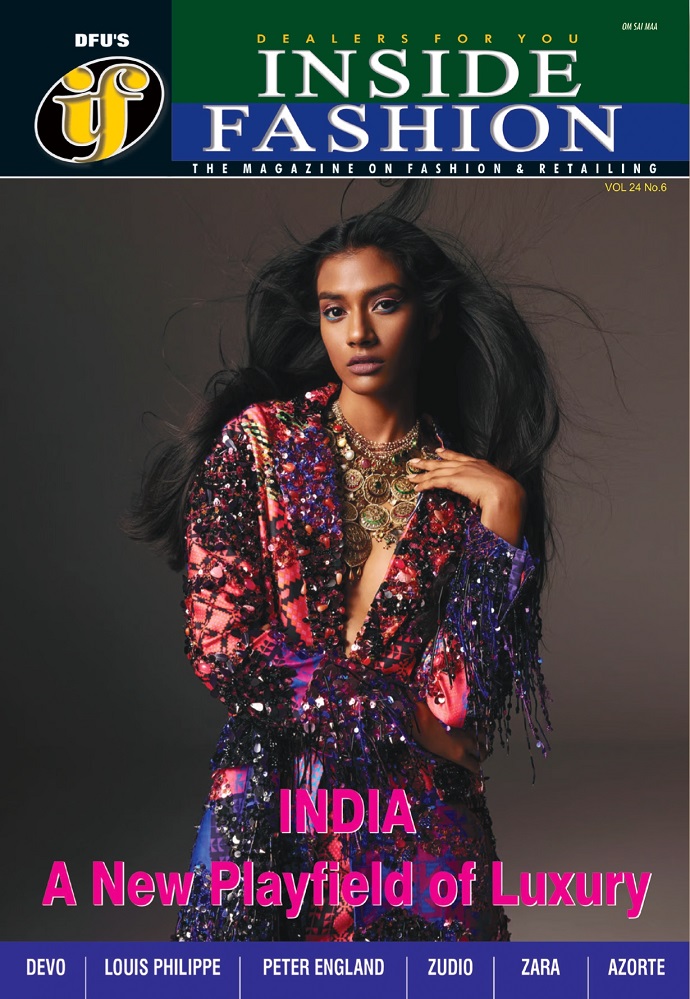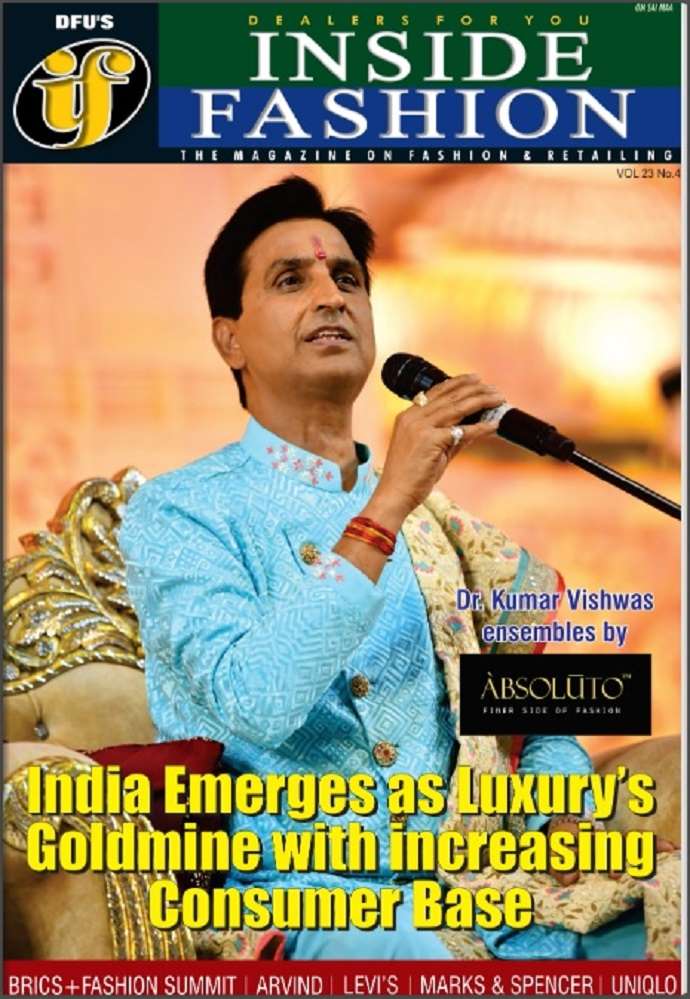The clock is ticking. Yet, the real challenge is not just about meeting deadlines — it’s about arriving at a consensus that works mutually, ensuring both India and the United States walk away with a sense of shared victory, not a win-lose or lose-win outcome.
The eagerly awaited India–US mini trade deal, which may serve as a framework for a broader agreement, still holds meaningful promise — no matter how limited or expansive its scope may eventually be. All eyes are on this negotiation, with anticipation running high among stakeholders, including the Indian government in New Delhi.
At this pivotal juncture, it’s clear: every international deal today carries global attention, amplified by the uncertain trade climate.
Fashion Sector’s Eyes on Washington
Experts and trade strategists largely agree that even if this deal doesn't encompass all the nitty-gritty of tariffs and legal formalities, it can still mark a significant breakthrough. Most indications point to it being a provisional agreement — a timely stepping stone in a world where uncertainty has become the new norm.
Given the complex give-and-take of bilateral negotiations, and the persistent differences over sensitive sectors like agriculture and dairy, a detailed tariff roadmap may not feature in this round. But months of sustained effort by the negotiating teams on both sides have laid the groundwork.
India’s Position: Pragmatic Yet Firm
While India has clearly outlined its non-negotiables — particularly on sensitive domestic sectors — it has also demonstrated readiness to move forward. The bottom line remains: India seeks a fair, balanced outcome. With the initiative now largely resting with Washington, there’s optimism that a breakthrough could come within hours. Sources suggest that the absence of a formal tariff letter to India is a sign that talks may still be on the verge of success.
Tariffs or Trade: Which Comes First?
At this point, it seems to be a binary outcome — either the announcement of the trade deal or a new tariff imposition from the US administration. As President Trump himself recently stated, “We’re very close to a deal with India.” That alone has sparked hope, especially across India’s textile sector, which has emerged as a likely beneficiary from the current tariff differentials.
Textile Sector Poised for Advantage
This potential shift carries real weight. Analysts believe this could be a golden moment for India's garment industry to scale up its role in global trade. Despite its promise, the sector has historically underperformed. Now, with the US reportedly planning steep tariffs — 35% on Bangladesh, 20% on Vietnam, and as high as 40% on transshipped goods — India may be positioned to leverage clear cost advantages, provided the mini deal moves forward.
India’s Market Share: Room to Grow
Today, India commands just 6% of the US RMG (ready-made garments) import market, compared to Bangladesh’s 9% and Vietnam’s commanding 19%. This gap represents significant headroom for growth. And there’s more good news: countries like Laos and Cambodia, now facing 40% US tariffs, are likely to lose ground — creating fresh space for Indian exporters to fill.
Looking Ahead with Cautious Optimism
If the mini deal includes even partial tariff rollbacks or fresh concessions, particularly the reciprocal tariffs previously levied by the US, it could mark a watershed moment for India’s trade ambitions. And if it lands on India’s Independence Day, the symbolism would only add to the significance.
Until then, the world waits — hopeful, watchful, and fully aware that this could be the moment where trade diplomacy and strategic opportunity align.

























